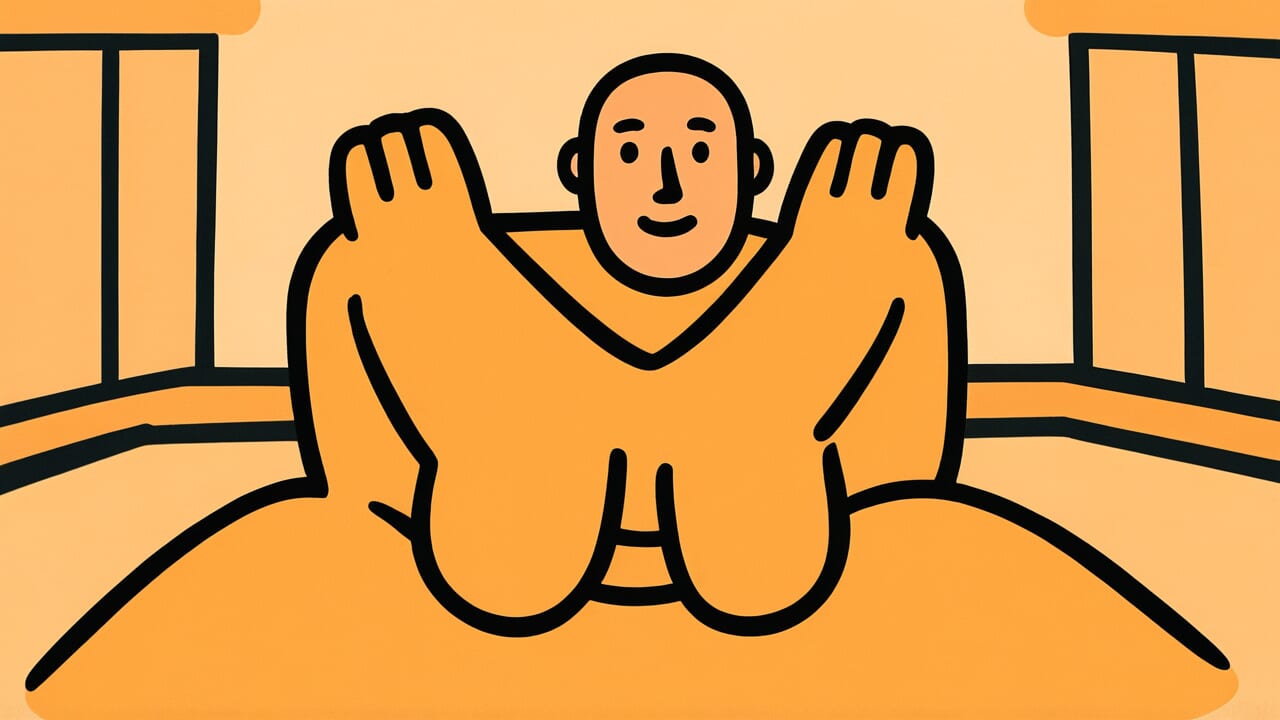How to Read “Brothers are hands and feet”
きょうだいはてあしなり
Meaning of “Brothers are hands and feet”
“Brothers are hands and feet” means that siblings are as precious and essential as your own hands and feet.
Just as hands and feet are parts of your body, siblings are your closest blood relatives. You should support and help each other.
This proverb is used to explain how deep and important sibling bonds are. Even when siblings fight or disagree, they are fundamentally connected as one.
When someone is in trouble, siblings can always help each other. Parents often use this saying to teach children about the importance of siblings.
It’s also used to warn against conflicts between brothers and sisters. Even today, this proverb expresses the special nature of blood ties.
It symbolizes the strength of family connections and continues to be passed down through generations.
Origin and Etymology
There are various theories about the exact origin of this proverb. It likely formed in Japan under the influence of Chinese classical thought, especially Confucianism.
Confucianism teaches the “Five Relationships” as the foundation of human connections. The relationship between siblings holds an important position among these five.
The expression “hands and feet” carries deep meaning beyond simple metaphor. Hands and feet are parts of your body that you move without conscious thought.
When they hurt, you feel that pain as your own. If you lose them, you yourself become disabled. This physical sense of unity was applied to the relationship between blood siblings.
Japanese culture has long valued family bonds. Siblings were especially cherished as people who would support each other even after parents passed away.
In agricultural villages, brothers cooperated to protect fields and continue the family line. This was the foundation of daily life.
Against this social background, this proverb teaching the importance of sibling bonds was widely accepted and took root. The simplicity of the words and the body metaphor everyone could understand made this proverb endure through time.
Usage Examples
- They say brothers are hands and feet, and sure enough, my younger brother was the first to rush to my side when I was in trouble
- I was raised being taught that brothers are hands and feet, so no matter how far apart we are, I always think about my older brother
Universal Wisdom
The universal truth shown by “Brothers are hands and feet” is how special blood ties are to human beings.
We meet many people in life and gain friends and companions. But the relationship of siblings is the only one we cannot choose. It’s a destined bond given to us from birth.
This “unchosen relationship” actually makes the sibling bond special. If you don’t get along with friends, you can part ways. But you can’t do that with siblings.
That’s why siblings sometimes clash intensely and hurt each other. But at the same time, no matter how much they fight, they can ultimately forgive each other.
As the metaphor of hands and feet shows, siblings are part of yourself. Just as losing your hands and feet would disable you, losing a sibling is like losing part of yourself.
This feeling is instinctive, not logical. Humans are social creatures, and the most primitive society is the family.
Within that, the horizontal connection of siblings forms a bond that’s different from the vertical parent-child relationship. It’s equal and deep.
Our ancestors understood that blood ties are the foundation of human survival and happiness. That’s why this proverb has been passed down through the ages.
When AI Hears This
Human hands and feet are designed so you can survive even if you lose one. This is the same principle as aircraft having multiple engines. We call this redundancy design.
What’s interesting is that there’s an optimal number for this redundancy. In engineering, “two backups” is considered the most cost-effective.
It’s no coincidence that we have exactly two hands and two feet. If you increased them to three or four, safety would improve but maintenance costs would skyrocket.
Conversely, having just one means zero redundancy. In other words, the number two is the golden ratio that “ensures maximum safety with minimum cost.”
Sibling relationships have the same structure. A family system with an only child faces complete failure if something happens to that child.
The family line ends and parental care in old age disappears. But if there are two or more siblings, the entire system keeps functioning even if one lives far away or gets sick.
What’s more noteworthy is the commonality between hands and feet and siblings. Neither are “completely identical” but rather “similar yet different.”
The left and right hands are mirror images, and older and younger siblings have different personalities and abilities. This “diversity with redundancy” creates true strength that can handle unpredictable crises.
Not mere copies, but multiple beings with different strengths—this is what makes a system truly robust for the first time.
Lessons for Today
What this proverb teaches modern people is that irreplaceable value exists within relationships we’re given.
In modern society, we can freely choose our relationships. We associate only with people we like and keep distance from those we don’t. That may certainly be a comfortable way to live.
However, there are things we can learn precisely because we can’t choose certain relationships. Sibling relationships start from the premise that you cannot change the other person.
That’s why we learn to accept differences, find compromises, and forgive each other. This is an extremely important ability needed in every aspect of life.
If you have siblings, please cherish that relationship. Even if you’ve grown distant, why not reach out to them?
If you’re an only child, you can surely find friends with whom you can have sibling-like deep bonds.
What matters is recognizing who your “hands and feet” are and nurturing those relationships.
Such bonds become irreplaceable treasures that support you during life’s difficulties and celebrate with you during joyful times.



Comments